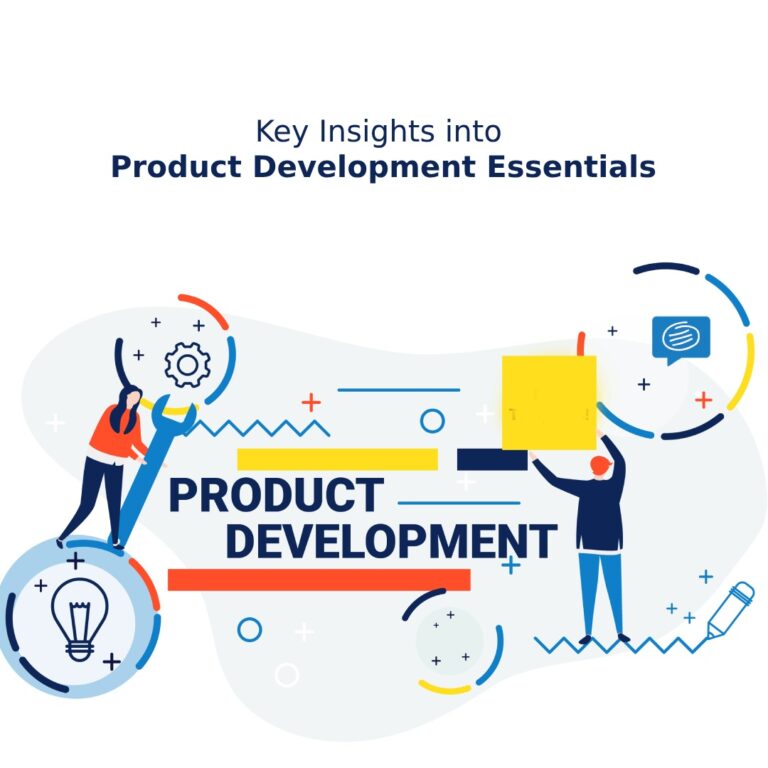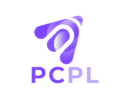
Product Development Essentials That All Businesses Should Know
From market research to strategic planning, explore the essentials every business should know for a thriving product development journey.
Anyone engaged in business should possess a basic understanding of the product development concept. Whether one is initiating a business, entering a new target market, or expanding operations to different regions, the formulation of a product development plan is imperative. A professional Product Development firm that holds expertise as Ecommerce Development Company Tennessee will be of help in this for any business.
The process of product development is not confined to the launch of a company’s initial product. It may also involve enhancing an existing product or introducing extensions to a product line. In the case of expanding enterprises, product development becomes a regular practice. Some organizations reinvest their generated revenue into the business to continually enhance product offerings, aiming for advancements or improved quality compared to previous products. Additionally, certain companies opt for a strategy of diversifying their product portfolio and engaging in product development activities every quarter.
What is Product Development?
Product development is the comprehensive process of creating, designing, and bringing a new product or service to market. It encompasses all the stages from conceptualization to the final product launch. The primary objective of product development is to meet the needs and preferences of a target market while ensuring the product’s viability and competitiveness.
Stages of product development
Idea Generation- This is the initial phase where concepts and ideas for a new product are brainstormed. Ideas can emerge from various sources, including market research, customer feedback, technological advancements, or internal creativity sessions.
Idea Screening- Not every idea generated in the first phase may be feasible or align with the company’s goals. Idea screening involves evaluating and filtering out concepts that are not viable or do not align with the organization’s strategic objectives.
Concept Development and Testing- Once a promising idea is identified, it is developed into a more concrete concept. This concept is then tested with the target audience to gather feedback and make necessary adjustments before moving forward.
Business Analysis- A detailed analysis is conducted to assess the economic viability of the product. This includes cost estimation, sales projections, and an evaluation of potential profits and risks associated with introducing the product to the market.
Prototype Development- A prototype or a sample version of the product is created to visualize and test the design, functionality, and feasibility. This phase helps in identifying any issues or improvements needed before mass production.
Market Testing- Before a full-scale launch, the product is introduced to a limited market to gauge its acceptance, gather real-world feedback, and make any final refinements.
Commercialization- This is the stage where the product is officially launched into the market. It involves the finalization of marketing strategies, distribution channels, and any necessary adjustments based on the feedback received during market testing.
Post-Launch Evaluation- After the product is in the market, ongoing evaluation is crucial to monitor its performance, gather customer feedback, and identify areas for improvement or future iterations.
Elements of a well-structured product development plan.
A well-structured product development plan supported by a company offering Ecommerce website development New South Wales is essential for guiding the successful creation and launch of a new product. It serves as a dynamic document that can be adjusted as needed, taking into account changing market conditions, technological advancements, and feedback from stakeholders. Regular reviews and updates to the plan help ensure that the development process remains agile and responsive to evolving requirements.
Here are five key elements that contribute to an effective product development plan-
Clear Objectives and Goals
The Challenges and Potential Risks
Involved
● Define specific, measurable, achievable, relevant, and time-bound (SMART) objectives for the product development process.
● Clearly articulate the goals of the product, such as market share targets, revenue projections, or customer satisfaction metrics.
● Establish key performance indicators (KPIs) to measure progress and success throughout the development lifecycle.
Comprehensive Market Research
● Conduct thorough market research to understand customer needs, preferences, and pain points.
● Analyze market trends, competitor products, and potential challenges to inform the development strategy.
● Identify target customer segments and tailor the product features to meet their expectations.
Detailed Project Timeline
● Develop a realistic and detailed timeline that outlines the various stages of product development from ideation to launch.
● Clearly define milestones, deadlines, and dependencies to ensure that the project stays on track.
● Consider potential risks and build contingency plans to address unexpected challenges that may arise during the development process.
Resource Allocation and Budgeting
● Clearly outline the resources required for each stage of product development, including personnel, technology, materials, and finances.
● Develop a comprehensive budget that accounts for all costs associated with research, design, prototyping, testing, marketing, and launch.
● Regularly monitor and manage expenditures to stay within budget constraints and allocate resources efficiently.
Cross-Functional Collaboration
● Foster collaboration among cross-functional teams, including product managers, designers, engineers, marketing experts, and sales teams.
● Encourage open communication and feedback throughout the development process to address challenges promptly.
● Ensure that all stakeholders are aligned with the overall vision and objectives of the product, fostering a collaborative and cohesive team environment.
Importance of Product Development
Product development holds paramount importance for businesses across various industries. The process of creating and enhancing products or services can significantly impact a company’s success. Here are the key reasons highlighting the importance of product development-
Meeting Customer Needs- Product development allows businesses to respond to changing consumer preferences and needs. By understanding market demands, companies can create products that better align with customer expectations, fostering customer satisfaction and loyalty.
Competitive Advantage- Staying ahead of competitors is crucial to survive the competitive market. Through continuous product development, companies can introduce innovative offerings, differentiate themselves from competitors, and establish a competitive edge in the market.
Revenue Growth- Introducing new and improved products can lead to revenue growth. Innovations that address market gaps or provide enhanced features can attract new customers and encourage existing ones to upgrade or make repeat purchases, contributing to increased sales and profits.
Market Expansion- Product development enables companies to explore new markets and demographics. By tailoring products to the needs of different customer segments or entering untapped markets, businesses can expand their reach and diversify revenue streams.
Adaptation to Technological Advances- Technology is constantly evolving, and product development allows businesses to leverage new technologies. Integrating the latest advancements can enhance product features, improve efficiency, and ensure that offerings remain relevant in the face of technological changes.
Brand Reputation and Image- Successful product development can enhance a company’s reputation and brand image. Delivering high-quality, innovative products establishes credibility in the market and builds trust with consumers, positively influencing the brand’s overall perception.
Risk Mitigation- Diversifying a product portfolio through continuous development helps mitigate risks associated with market fluctuations, changing consumer preferences, or disruptions in the supply chain. A diverse product range provides a buffer against potential downturns in specific markets or industries.
Regulatory Compliance- Products need to comply with various regulations and standards. Regular product development ensures that offerings meet legal requirements, addressing issues related to safety, environmental impact, and other regulatory concerns.
Long-Term Sustainability- Businesses that invest in product development are better positioned for long-term sustainability. By adapting to market trends, embracing innovation, and meeting evolving customer demands, companies can navigate challenges and remain relevant over the years.
Employee Engagement and Morale- Involving employees in the product development process fosters a sense of ownership and pride. It can boost morale and engagement, as team members see their contributions directly influencing the success of the company
A Classic Example Of a Well-Done Product Development- Taco Bell
Taco Bell showcases a distinctive approach to product development, with its innovation team drawing inspiration from grocery stores, social media, and competitors.
Idea Generation- Taco Bell’s development team sifts through a substantial pool of 4,500 new product ideas annually.
Concept Development and Testing- In the case of the Waffle Taco, the team meticulously crafted 80 iterations before settling on the final version. However, the Waffle Taco was later discontinued after a year, making way for the introduction of the Biscuit Taco.
Product Technical Design- The creation of the Doritos Locos Taco involved the product team devising a method to uniformly distribute seasoning on the taco shells while effectively containing cheese dust in the production process.
Test Marketing- Between 350 to 500 ideas undergo consumer testing, allowing Taco Bell to gauge the market’s response and refine its product offerings.
Market Entry- Following rigorous testing, approximately eight to ten successful products from the development pipeline earn a coveted spot on the national menu, marking their entry into the broader market.
Where To Look For Support For Product Development
When seeking support for product development, PCPL stands out as a reliable partner. We are a top Ecommerce Development Company Australia and offer a range of services and expertise to facilitate and enhance the product development process. With a focus on innovation, customization, and collaborative partnership, we stand out as a valuable ally in bringing successful products to market.
